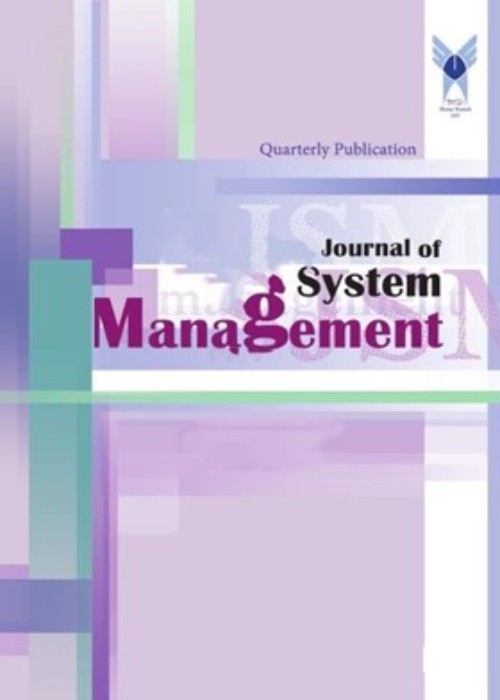Dentifying and explaining a model for improving DNA genetic codes (Case study: Isfahan Tokafulad Holding Companies)
Organizational DNA expresses a method of investigation, thinking, reflection and thought about organizations, which examines the patterns of organizations, management practices, leadership style and other concepts related to the organization. Organizational DNA uses very diverse approaches to understand and recognize the organization, instead of organizational models and forms, by examining issues such as teamwork, decision-making, and development and improvement of human resources as separate or at least independent variables. In this research, by using the theoretical framework and using quantitative and qualitative methods, it has been done to identify the dominant DNA in Tocafulad Holding companies and determine the relationship model of hidden components using covariance analysis. The statistical population includes 435 employees of Isfahan Tokafulad companies and 6 company experts who used a mixed or mixed design to conduct the research. The technique of structural equations has been used to improve the model and evaluate the components and indicators to check and identify the model. In order to answer the research question, the steps are: 1) presentation of the conceptual model of the relationship between the corporate DNA and the investigated components, 2) quantitative evaluation of the components and indicators of the model, 3) determining the mutual influence of the hidden variables and the obvious variables of the model and 4) the relationship Between the apparent variables of the components with each other and the verification of the initial conceptual model has been carried out and then the model has been improved and finally the dominant DNA has been determined. The research showed that semantic DNA with a factor load of 0.93 is the dominant DNA in 4 out of 6 companies under investigation. It was also found that planning and payment system are the least important and change processes are the most important in line with the improvement model. In the improved model based on covariance analysis, the mutual effects of payment system and planning with mission, leadership style with teamwork, performance management with decision-making, interpersonal relations with change processes and change processes with work group should be considered.
- حق عضویت دریافتی صرف حمایت از نشریات عضو و نگهداری، تکمیل و توسعه مگیران میشود.
- پرداخت حق اشتراک و دانلود مقالات اجازه بازنشر آن در سایر رسانههای چاپی و دیجیتال را به کاربر نمیدهد.


